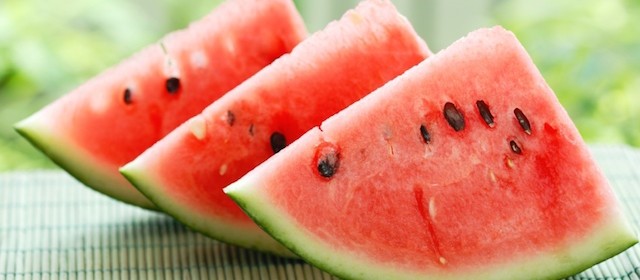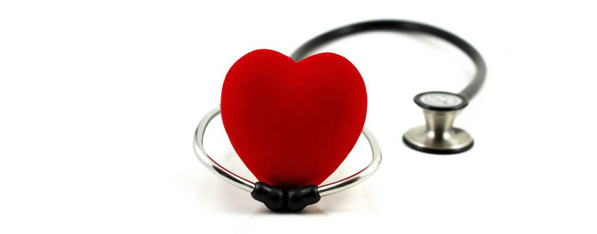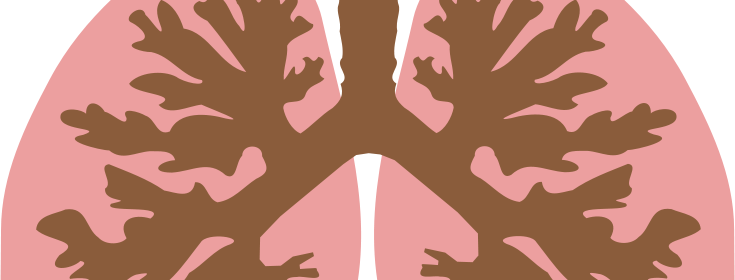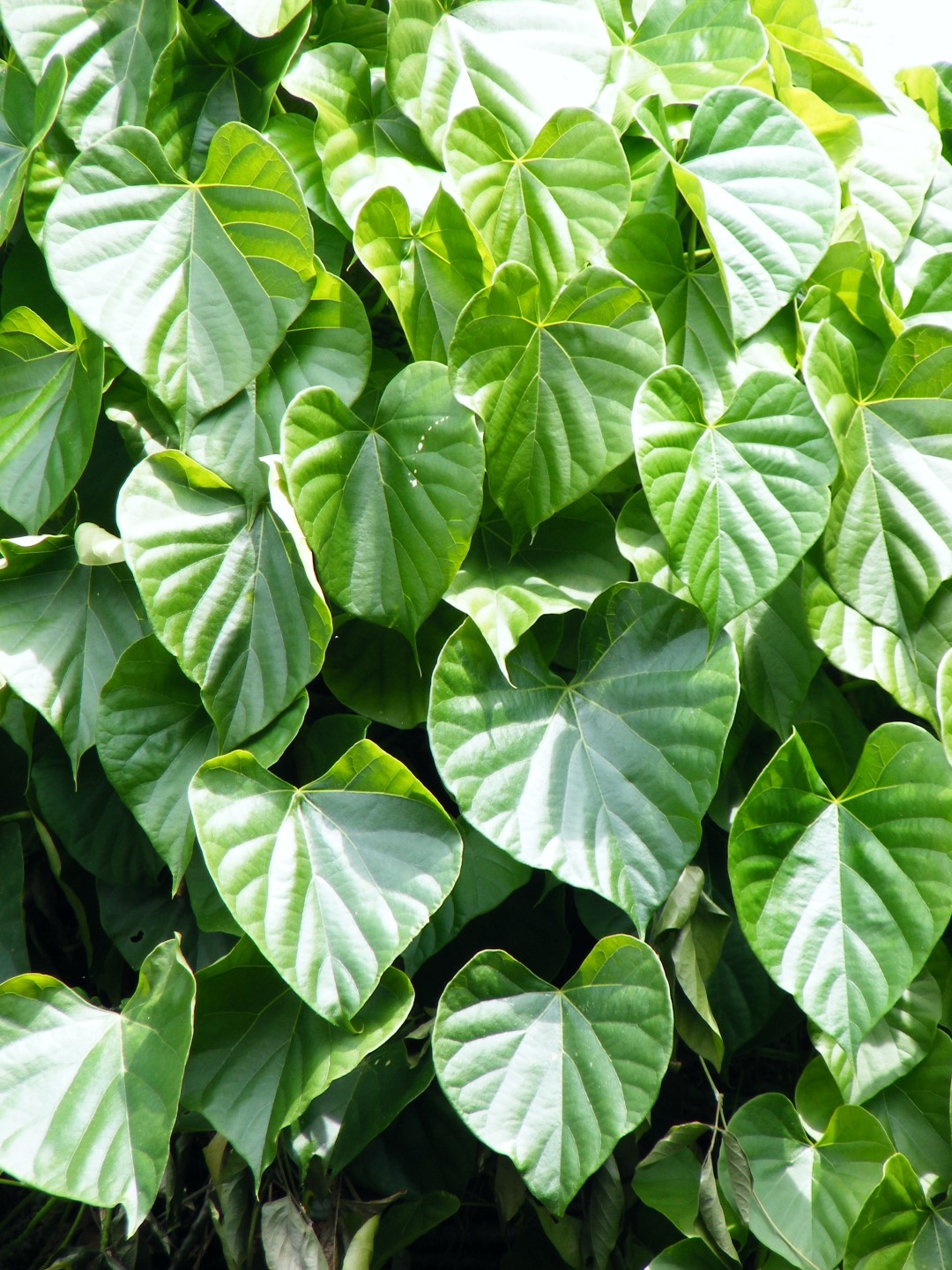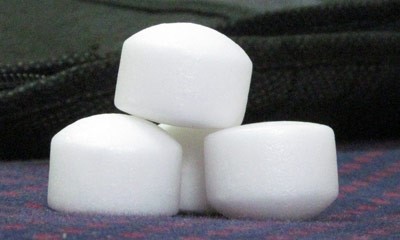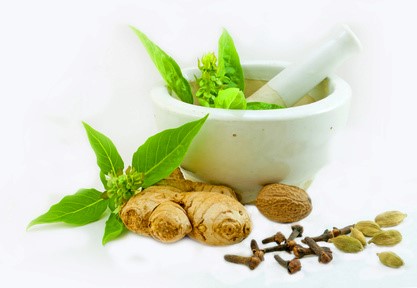Foods Every Woman Must Eat!

Multitasking almost every hour in each day, women have a lot to do every day. Juggling between family and work can have its own challenges, and needs to be supplemented with a good dietary regimen. Here are some important food groups that women should include in their diets.
– Greens: Green and leafy vegetables are very important nutritional additions to women’s meals. Be it spinach and cabbage, or lettuce and celery, fenugreek, broccoli and legumes, the range is wide, coming with the promise of fibre, Vitamins C and K, folic acid and rich supply of iron. These vegetables are especially important for women, being the single point source of calcium, magnesium, iron and potassium.
– Milk and milk products: Women tend to have low calcium intake, which tends to culminate in a situation where their bones are either weak, or cannot take the strain of their day to day work. Milk and milk products, particularly cheese and cottage cheese, are all extracts from milk, and are rich in the nutrients that occur naturally in milk.
– Nuts: Women need a lot of protein, magnesium and vitamins, particularly Vitamins B and E. Nuts are a rich source of these nutrients – and although they do continue fat calories, they do not really amount to unhealthy content if eaten in moderation.
– Whole grains: Since whole grains have about 96 percent more fibre and essential nutrients and vitamins in comparison with refined grains, they are healthy, wholesome and nutritive additions to your diet. Women benefit amply from whole grains because it is the perfect energy contributor for her daily needs.
– Fruits and Vegetables: This category goes without saying, for the nutritive value of fruits and vegetables, besides comprising the regular vitamins, folic acid, iron, calcium and magnesium, are also rich in fibre, which help in digestion.
– Berries: Berries are extremely valuable additions to women’s diet, especially since they are rich in fibre, help to curb weight gain and also encourages antioxidants in the system.
References:
http://timesofindia.indiatimes.com/life-style/health-fitness/diet/5-Foods-every-woman-must-eat/articleshow/5640803.cms
http://www.prevention.com/food/healthy-eating-tips/50-healthiest-foods-women
http://www.cookinglight.com/eating-smart/nutrition-101/foods-for-women
Picture Courtesy : foodbodyandhealth.com

